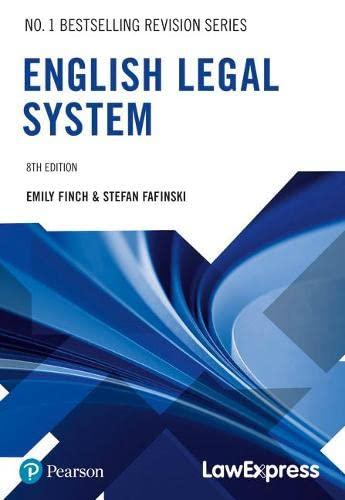Question
Probable cause has been defined by the U.S. Supreme Court as more than bare suspicion; it exists when the facts and circumstances within [the officers']
Probable cause has been defined by the U.S. Supreme Court as more than bare suspicion; it exists when "the facts and circumstances within [the officers'] knowledge and of which they [have] reasonably trustworthy information [are] sufficient to warrant a prudent man in believing that the [suspect] had committed or was committing an offense."
While the justification required to conduct a search or a seizure is probable cause, much police activity does not reach the level of intrusion that occurs when a search or seizure is carried out. For example, the police routinely confront people on the street to question them or pull over automobiles to enforce traffic laws. If probable cause were required under such circumstances, there would be very little the police could do in terms of investigating suspicious activity.
Recognizing how essential these lesser intrusions are to the police mission, the Supreme Court established a different level of justification for such activities in Terry v. Ohio (1968). The standard the Court created was "reasonable suspicion." Reasonable suspicion is something below probable cause but above a hunch.
Post your thoughts and opinions on the following question(s). Your answers should show critical thinking:
- Should the police be required to have more than "Reasonable Suspicion" to investigate suspicious activity? Why or why not?
- Given the state of Global Terrorism that we all face, should the police be allowed more "flexibility" in their efforts to fight crime and terrorism? Why or why not?
Step by Step Solution
There are 3 Steps involved in it
Step: 1

Get Instant Access to Expert-Tailored Solutions
See step-by-step solutions with expert insights and AI powered tools for academic success
Step: 2

Step: 3

Ace Your Homework with AI
Get the answers you need in no time with our AI-driven, step-by-step assistance
Get Started


